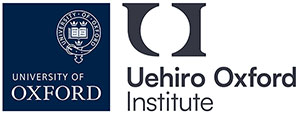Today we lost the drug war
What does synthetic biology mean? Quinn Norton argues it means the end of the drug war: synthetic biology might be able to do the wonderful things (as well as the dangerous things) envisioned by Venter and others, but it definitely can produce drugs. It is also much easier to produce chemicals than fix the environment or make bioweapons. As Quinn notes:
project is to make it easier. Who will be motivated to put in the work
to make it happen? Especially if it’s so bad for organized crime? Drug
addicts, frankly. You think they look like street junkies with DTs, but
a fair number look like scientists, because they are. Drugs will
finally be p2p, and governments and drug lords alike will find out what
it’s like to be media companies and counterfeiters in a world of
lossless copying and 100Mb pipes. Junkies will be victims of their
success, and if we don’t get serious about treating addiction instead
of trying to fight chemicals, it’s going to look a lot more bloody and
horrid than the RIAA’s lawsuit factory. This is just one vision of what
this kind of disruption looks like when people get a hold of it."
